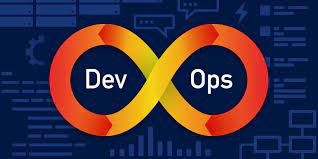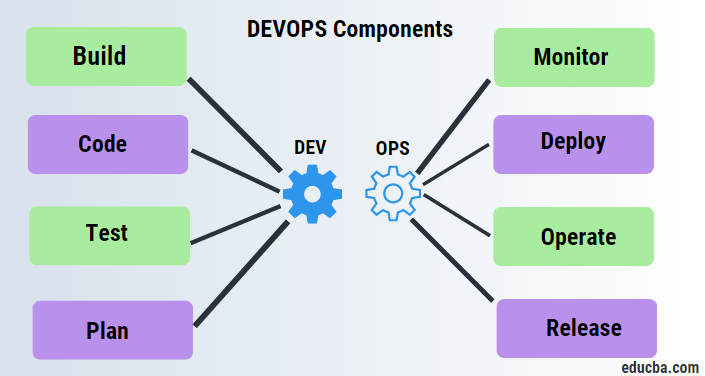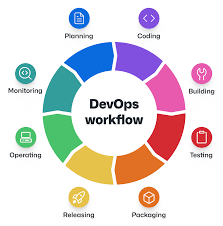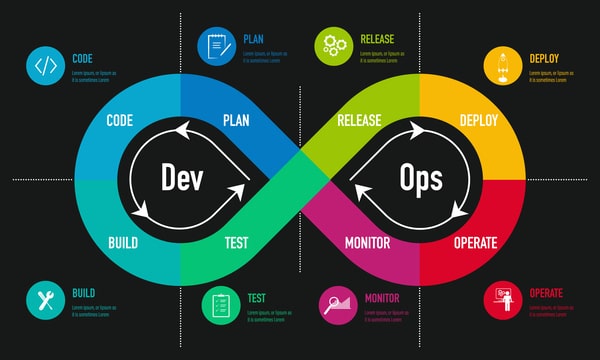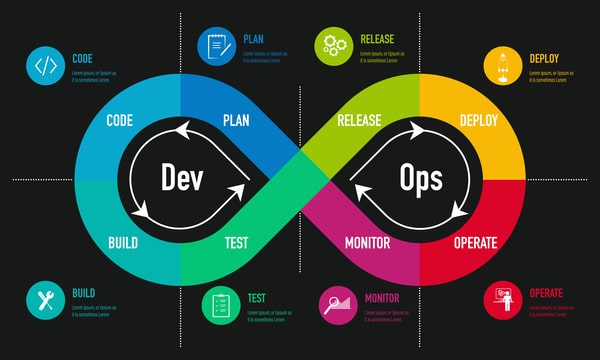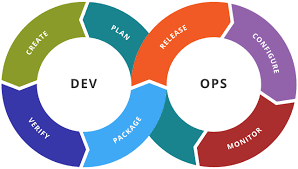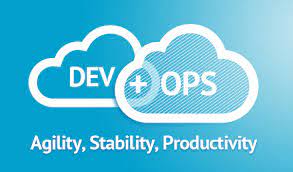26
Nov
Cucumbers (Cucumis sativus) contain many different nutrients, including: Water : Cucumbers contain up to 95% water, which is a good source of water for the body. Fiber : Cucumbers are rich in fiber, which plays an important role in maintaining the health of the digestive system and helps maintain a feeling of fullness longer. Vitamin C : Cucumbers provide trace amounts of vitamin C, an important antioxidant that plays a role in supporting the immune system and increasing iron absorption. Potassium : Cucumbers are a good source of potassium, an important mineral that plays a role in maintaining water and electrical balance between cells,…


